C BE CAREFUL WITH LONG-COVERED WELLS
The incident occurred locally on May 4 when Mr. A. went down a well nearly 10 meters deep to clean the well, and did not come up to the surface for a long time. Later, Mr. X. (36 years old) and Mr. N. (45 years old) went down to rescue him but discovered that Mr. A. had died. At that time, Mr. X. and N. both had difficulty breathing and were dizzy. They were pulled up to the surface and local people performed artificial respiration on the spot, continued first aid at local medical facilities , and were then transferred to the 108 Central Military Hospital.
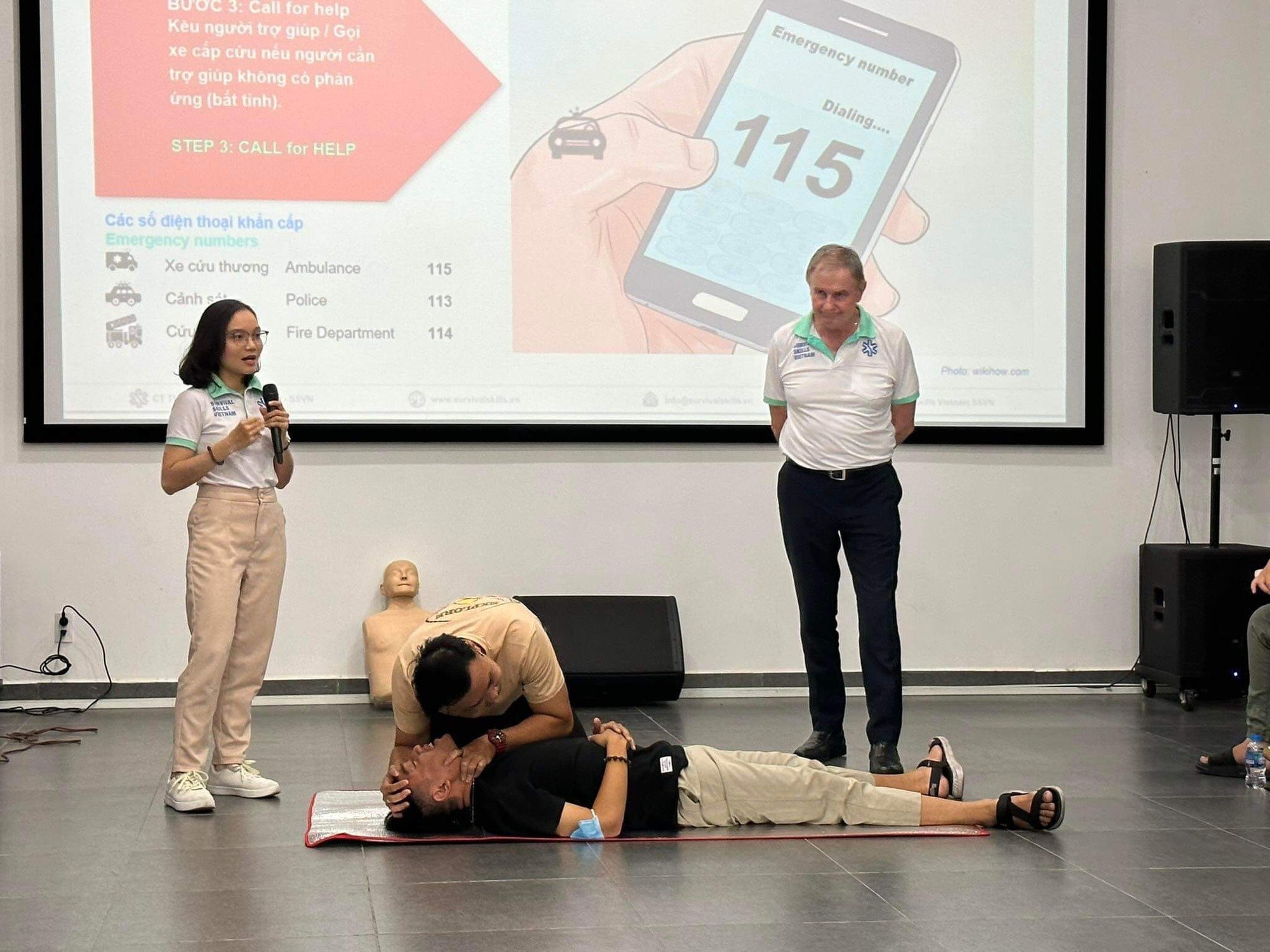
Checking a victim's airway at a first aid class conducted by Survival Skills Vietnam - SSVN
Dr. Le Lan Phuong, Director of the Intensive Care Center - 108 Military Central Hospital, informed: In the environment of deep wells, especially wells that have been covered for a long time and are rarely used, the products of metabolism during the decomposition of organic substances create toxic gases such as methane (CH 4 ), hydrogen sulfide (H 2 S); carbonic (CO 2 ), carbon monoxide (CO) ... These gases have a heavier density than oxygen, the deeper the well, the more concentrated the content. Therefore, when going down a deep well, that person will lack oxygen (O 2 ) and inhale the above toxic gases. If they do not escape in time, they will die from suffocation.
In addition, in areas with many coal mines, oil mines, landfills, and agricultural waste, deep wells often contain a lot of methane gas. This is a toxic gas that can quickly kill a person if the concentration is high. Therefore, people need to be careful when intending to go down deep wells in these areas.
WHAT SHOULD I PREPARE BEFORE GOING DOWN THE WELL?
Gas poisoning in deep wells not only endangers the life of the victim but also poses a potential risk to those participating in the rescue. Suffocation can be prevented by manual methods as follows: Light a candle or lamp, gradually lower it to the water surface at the bottom of the well. If the candle still burns normally, the air at the bottom of the well has enough oxygen for breathing. On the contrary, if the candle only flickers and then goes out, you should not go down the well.
Dr. Nguyen Duc Loc, Department of Internal Resuscitation and Anti-Poison, Intensive Care Center - 108 Central Military Hospital, instructed: To prevent suffocation accidents in deep wells, people need to prepare all necessary tools before going down the well.
First of all, people need to have full protective gear and gas masks before going down the well. Normally, the majority of people do not have these items, but the above problems can be overcome in a number of ways such as: cutting a large, leafy branch, tying a long rope to the bottom of the well and pulling it up and down many times with the purpose of ventilating the bottom of the well.
A better way is to use a pure oxygen aerator to pump air down the well. A rubber tube should be prepared to both lead air from the ground down for breathing and to signal people above in case of an accident.
FIRST AID FOR ASTHMA
In case of encountering a scene where someone is suspected of suffocating in a well, the next person must absolutely not go down the well to rescue them. The first thing to do is to immediately call the fire department and rescue police (phone number 114) for support.
In case the victim is unconscious, it is necessary to prepare and check safety before deciding to go down the well.
If the victim is still conscious, quickly lower the rope down the well to pull him up.
According to Dr. Pham Dang Hai, Department of Internal Resuscitation and Anti-Poison, Intensive Care Center - 108 Central Military Hospital: The best first aid for a victim of suffocation after reaching the ground is to perform artificial respiration on the spot, then take the victim to the nearest medical facility.
Artificial respiration for a suffocating person: The rescuer uses one hand to pinch both sides of the victim's nose, and the other hand to push the chin hard to open the victim's mouth.
Then the rescuer takes a deep breath, puts his mouth close to the victim's mouth, blows hard, blows continuously 2 breaths for adults, 1 breath for children under 8 years old, observes the victim's chest to inflate, then lets the victim's chest collapse and then blows again. Perform the above movements continuously at the following rate: adults and children over 8 years old do about 15 - 20 times/minute, children under 8 years old blow 20 - 30 times/minute. You can do the mouth-covering and nose-blowing movements in the same way.
Source link


















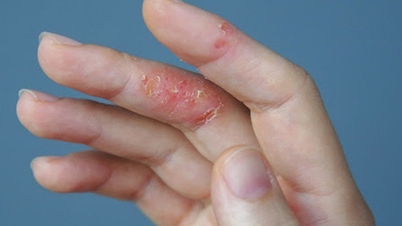




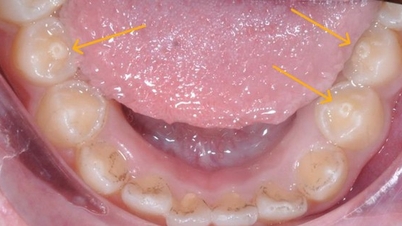















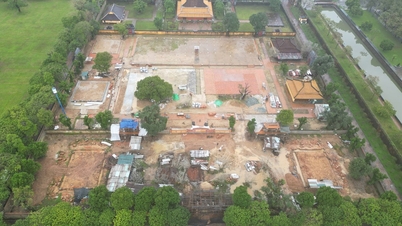


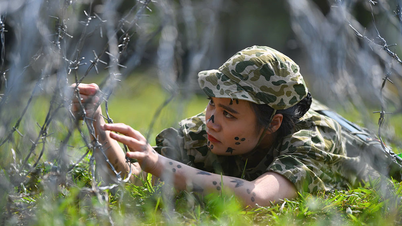


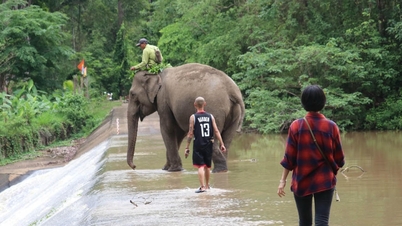





























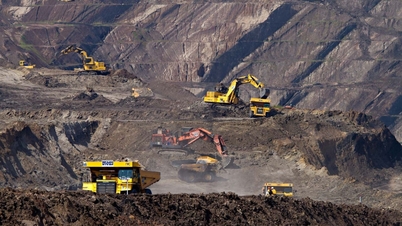



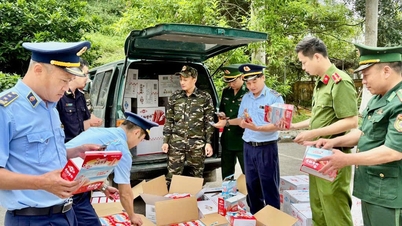
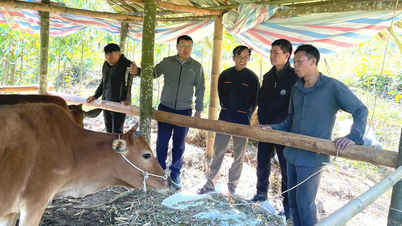

























Comment (0)